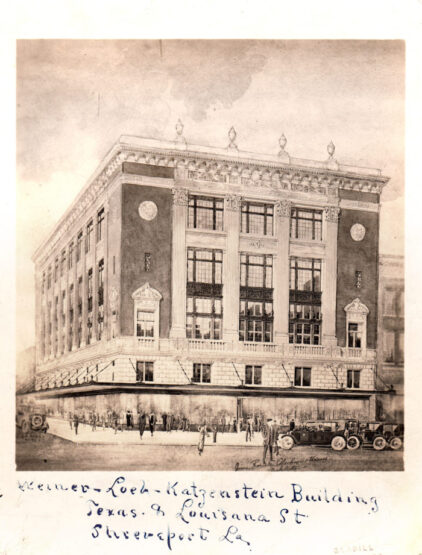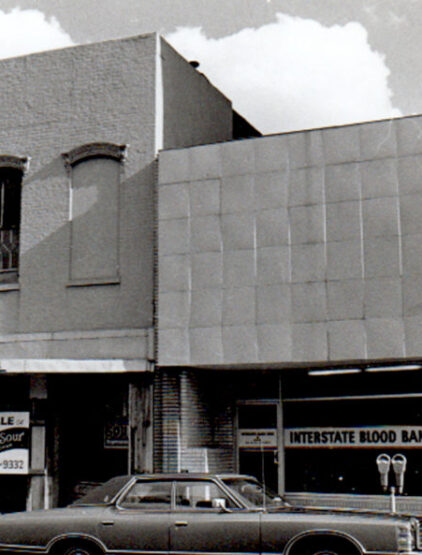
An imagined Henry Miller Shreve. No photographs of him actually exist.
When you think of Shreveport, you think of one Captain Henry Miller Shreve. Shreve’s battles with the great Red River Raft, the giant logjam that had existed for hundreds of years on the Red River, is the reason Shreveport exists at all. The good captain worked on the Great Raft from 1832 until the late 1830s and then left the area, never to return. The town, grateful for his work, was named in his honor though he never actually lived here.
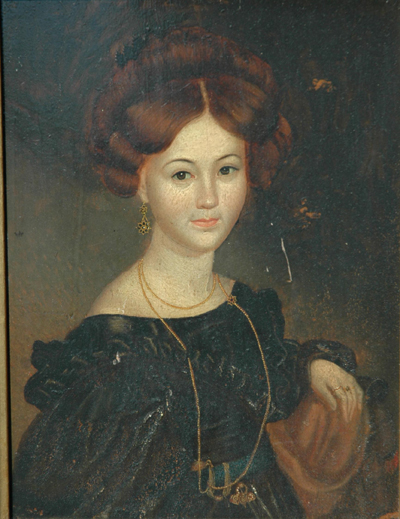
Mary Doal Ciley Bennett Cane, 1835. Portrait painted in Boston just before she traveled to northwest Louisiana.
Had she been a man, the city MIGHT have been named after Mary Doal Cilley Bennett Cane, nicknamed ‘Bammie.’Bammie was born in 1812, in New Hampshire. In 1836, the 24-year-old, over the objections of her father, married her uncle-William Bennett, Sr. Bennett was one of the Shreveport’s founders, so he and his new bride loaded up and moved to the wild and rugged Louisiana hinterlands to the newly-named Shreveport. Once here, Bammie gave birth to the first white child born here, a strapping son named William Bennett, Jr. Sadly both Williams died in one of the frequent outbreaks of Yellow Fever, leaving Bammie a widow and alone. The one thing she was NOT was destitute. William. Sr. had bequeathed to her all the properties that he had, 1/7th of the area of the original Shreve Town.
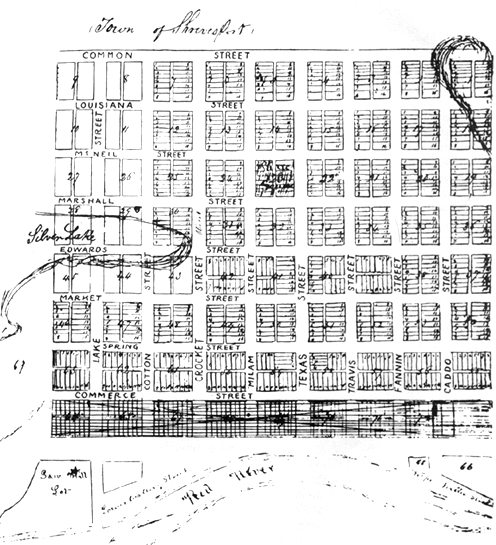
Mary lived during a time when women could not vote, had few of the rights of men, and were truly regarded as little more than bearers of children, keepers of homes and underpaid or nonpaid workers. They typically did not own property or businesses and had little power. Mary Bennett Cane was different on all counts. She can thank her father and husbands for getting her in the game, but it was her desire and work ethic that kept her in it. After William died, she stayed single for 8 years, finally marrying James Huntington Cane, her husband’s former business partner. Ironically, Cane was the man her father had always wanted her to marry.
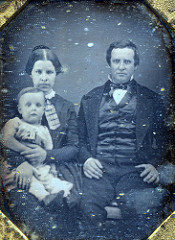
Possible photo of Mary Bennett Cane. We are unsure if this is William Bennett.
This was not a time of women’s rights, but prior to marrying James Cane, Mary requested and got a prenuptial agreement preserving all of her inheritance from her first marriage to William Bennett. Disaster struck again, and Cane died within 6 months leaving her with two children from him, James Jr. and Mary Jane Cane. (We know, we did the math, too.) Single again for 5 years, she married GB Alexander, a riverboat gambler, possibly introduced by her father Samuel who was a gambler and all around n’er do well. She again demanded and received a prenup, and this time it likely helped. She divorced the ‘adulterous drunkard’ GB 8 years later.
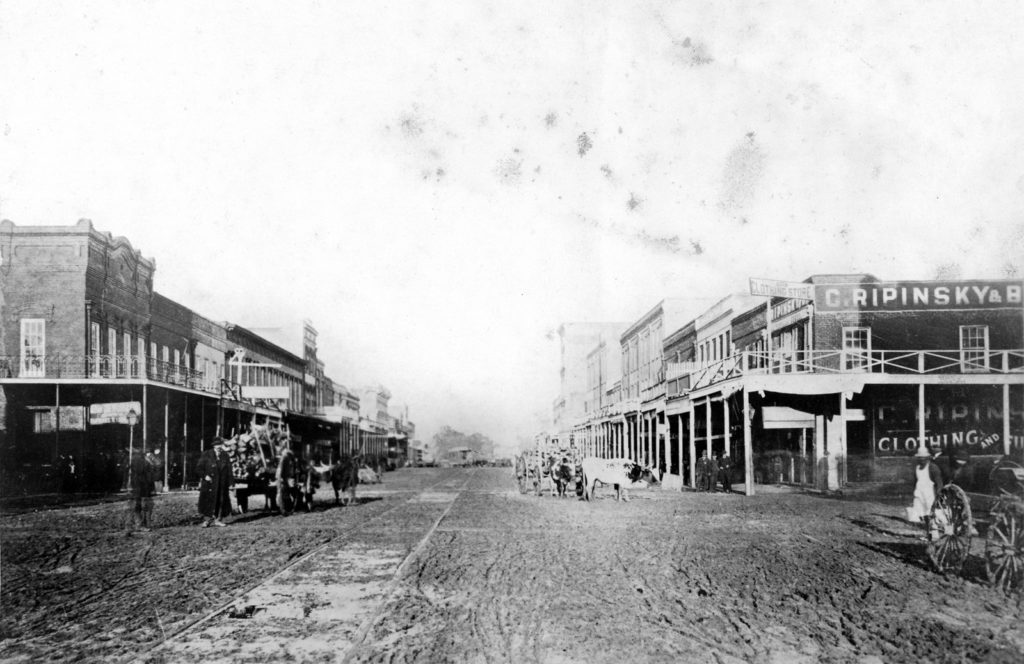
Bammie did more than marry and bury husbands. She is said to have opened the first store in Shreveport and for some years was one of the owners of a business that offered wholesale and retail groceries, hay, corn and oats, and bought and sold cotton. She also operated a ferry service across the Red River from Shreveport to Bossier City. Though she was very wealthy, her life was not carefree and ultimately it was her family that ended up leaving her penniless.

When her father Samuel died, his family sued, claiming that Mary was illegitimate. She lost the lawsuit and was taken out of Samuel’s will. That was the beginning of a myriad of legal troubles that forced her to sell properties in some cases and lose properties for non payment of taxes in others. Two of her more notable downtown properties that were sold were the area that is now Princess Park and Oakland Cemetery.
Possibly because she was wealthy, she seemed to be a target of lawsuits, and there were two cases that stood out. In one landmark case decided locally and later reaffirmed by the US Supreme Court, Mary won a case in which she had been sued for firing her overseer for being abusive to their slaves. The overseer sued her in return, claiming that because he had been hired by Mary’s now-dead husband, Mary had no right to fire him. She won that case. When third husband GB Alexander whom she divorced for being a ‘drunken adulterer’ sued for money, he won, in spite of the fact that he had signed a prenuptial agreement. She, her husbands and father were either claimants or defendants in over 200 court cases in Caddo alone.

Mary Bennett Cane buried two husbands and divorced a third, buried all three of her children, raised all eight of her grandchildren and buried five of them. She split her remaining properties between her 3 surviving grandchildren. She died a few months shy of her 90th birthday in 1902, completely destitute. Just a few months before her death, she had filed yet another lawsuit claiming some of her properties were unfairly taken.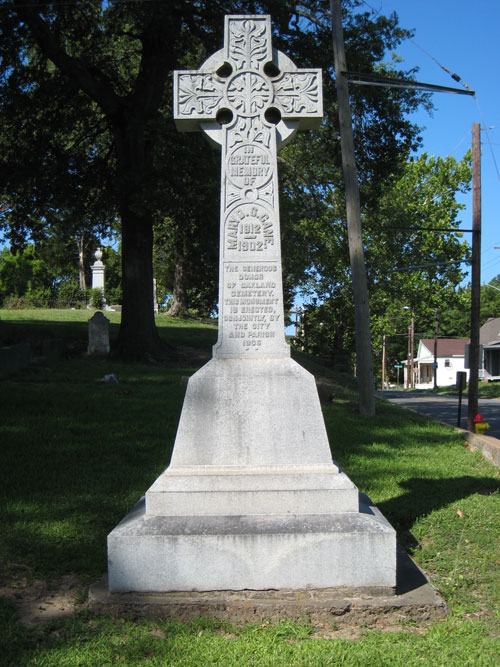
She is buried in Oakland Cemetery, on land she once owned. Through her ups and downs, Mary Bennett Cane left a mark on Shreveport and Bossier City and she still plays a significant role in our history


